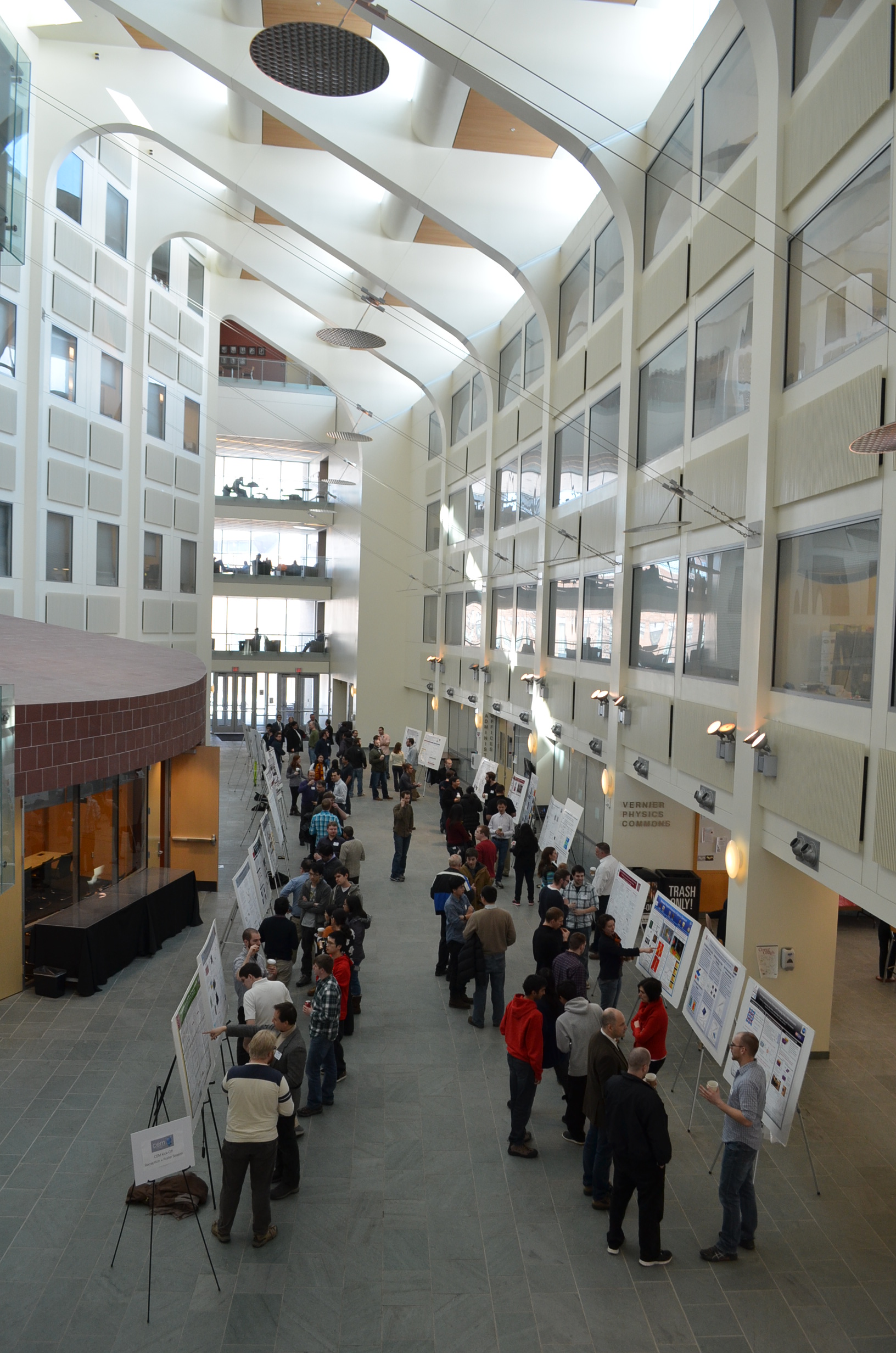 On February 27th, the CEM hosted a kickoff to celebrate the achievement of renewal and introduce the new center. Director P. Chris Hammel, professor of physics, gave an introduction to the center’s new participants and goals. The gathering brought CEM faculty and students together with the broader OSU community and notable university leaders, including
On February 27th, the CEM hosted a kickoff to celebrate the achievement of renewal and introduce the new center. Director P. Chris Hammel, professor of physics, gave an introduction to the center’s new participants and goals. The gathering brought CEM faculty and students together with the broader OSU community and notable university leaders, including  President Drake, Dr. Caroline Whitacre (Vice President for Research), Deans Manderscheid (Arts and Sciences), Williams (Engineering), and Osmer (The Graduate School).
President Drake, Dr. Caroline Whitacre (Vice President for Research), Deans Manderscheid (Arts and Sciences), Williams (Engineering), and Osmer (The Graduate School).
A poster session and reception were held following the presentations, with 25 CEM students presenting. The session highlighted new and current research, offering opportunities for interaction and a more detailed presentation of the center’s science.

